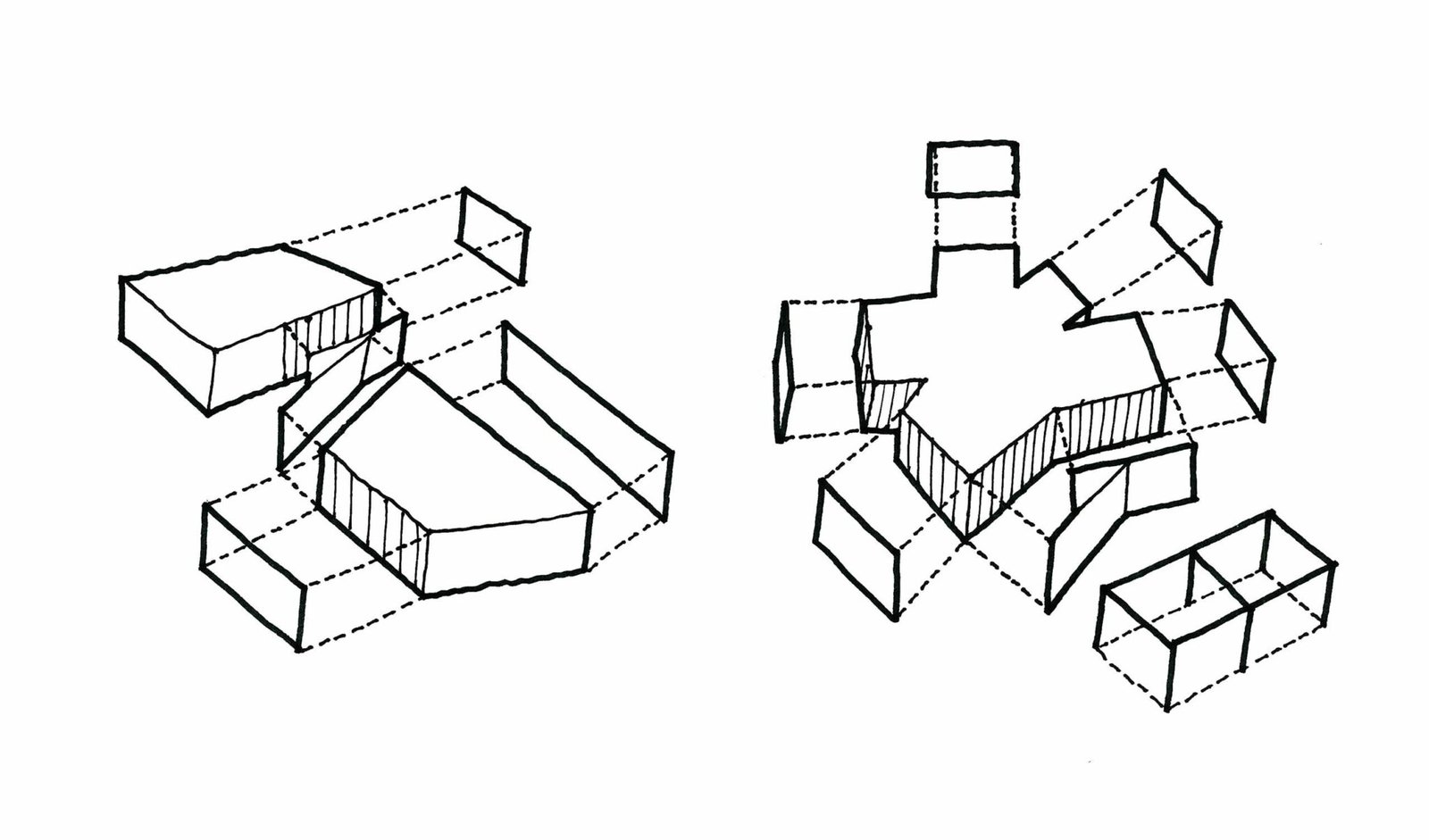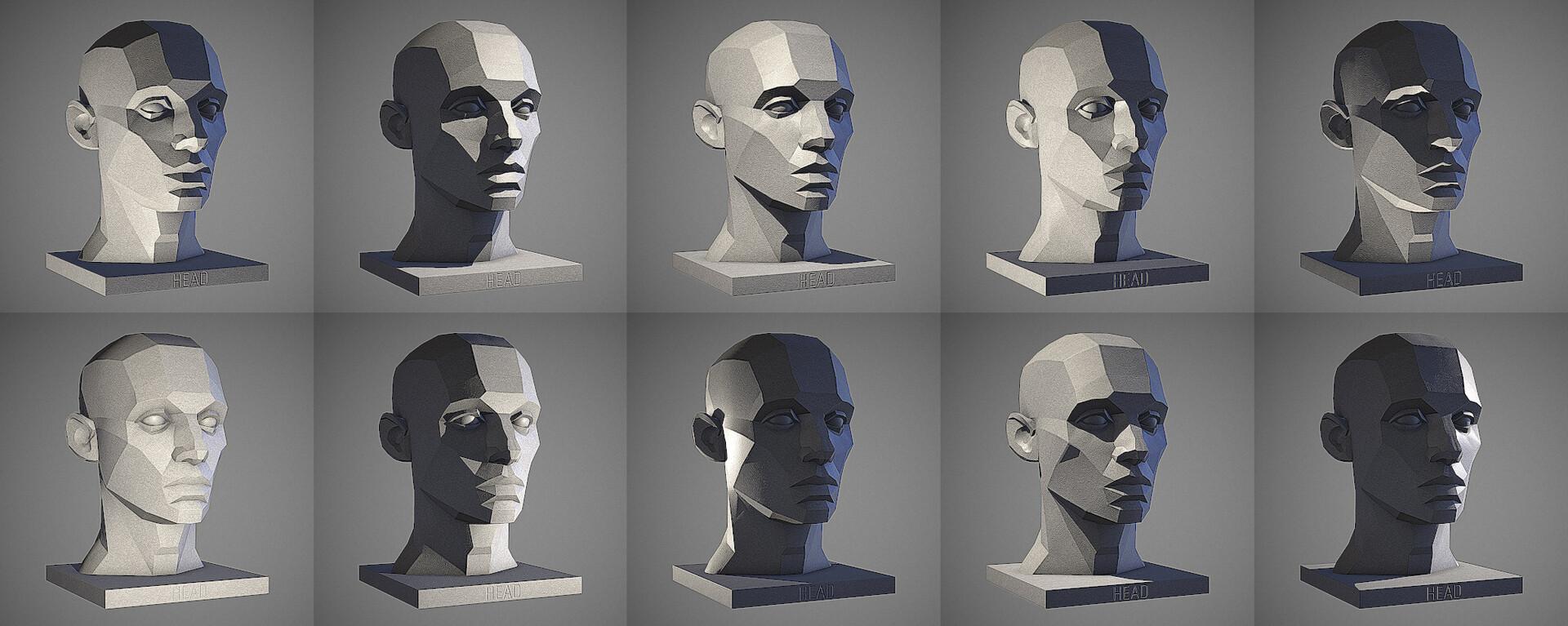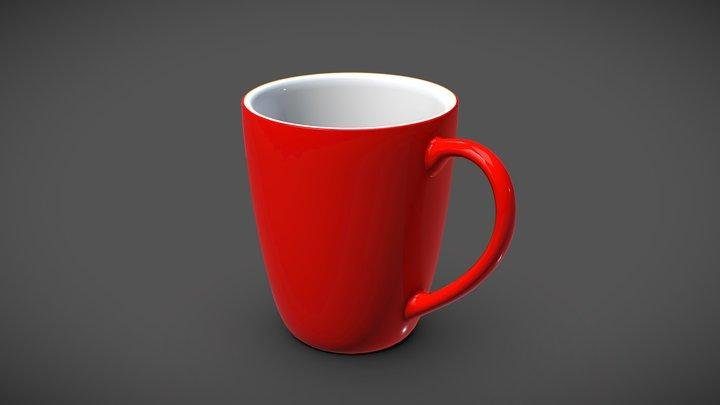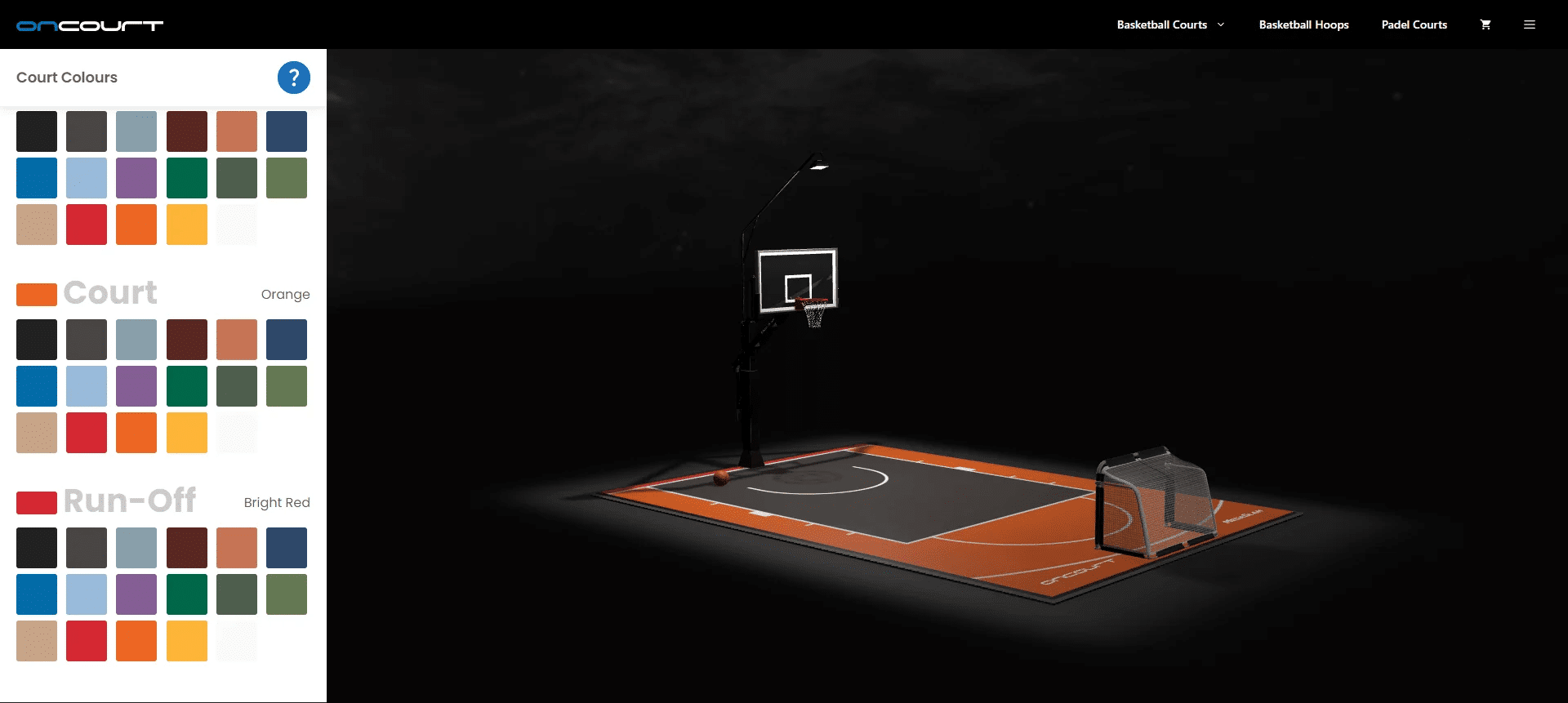How To Start 3D Modeling: A Beginner’s Guide


3D modeling is rapidly transforming industries and becoming an integral part of our daily lives. From the captivating visuals we encounter on social media and in movie theaters to the eye-catching advertisements that surround us, 3D technology is everywhere. Whether you’re interested in game development, creating digital art, or simply exploring a new hobby, learning how to start 3D modeling has never been more accessible.
The journey into 3D modeling begins with understanding basic geometric shapes and gradually advancing to more complex models. Thanks to modern modeling software and the wealth of resources available, both beginners and professionals can find the tools they need to succeed. Online communities also play a crucial role, offering support, tutorials, and inspiration to help you navigate the intricacies of 3D design.
In this article, we’ll guide you through the essential steps to becoming a proficient 3D artist, from mastering basic shapes to creating your first 3D model. Whether you’re aiming to build a career in game development or simply want to bring your creative ideas to life, this comprehensive guide will help you get started on your 3D modeling journey.
How Does 3D Modeling Work?
3D modeling revolves around creating a three-dimensional object or space that can be viewed and manipulated from various angles. Using modeling software like Autodesk Maya, designers begin with basic geometric shapes—such as spheres, cylinders, and cubes—serving as the foundation for more detailed models. These simple shapes are the center point of most designs, allowing creators to stretch, rotate, and combine them to form complex structures. Despite the varied techniques used in different tools, the core process remains consistent: starting with a basic shape and refining it into a detailed model.
Modern design software competes in delivering high-quality outputs, including realistic textures, precise color reproduction, and lifelike details that can blur the line between digital creations and real-life objects. The learning curve in 3D modeling can be steep, but by mastering basic principles and using the right software, even beginners can create impressive models.


What happens next? Let’s look at the whole process from A to Z.
Workflow of Creating a 3D Model
While the technical process of 3D modeling starts with forming an object in software, the actual journey begins much earlier. Here are the seven key steps to create a standout 3D model:
Visualization
The process starts with a clear idea. Visualize your 3D model in detail, either in your mind or by finding a reference online. Knowing what you want helps streamline the process, reducing unnecessary experimentation and leading to a faster and more accurate final product.
Doodling
Before diving into the software, sketch your idea on paper. This step helps clarify the design and serves as a blueprint for your 3D model. Beginners often skip this, but drawing out your ideas can significantly improve the accuracy and detail of your model.

Box Modeling
Now, open your modeling software and select the “Box modeling” technique. This method involves starting with a basic shape, like a cube, and refining it by manipulating its geometry. For those new to 3D modeling, mastering box modeling is crucial as it lays the foundation for more complex designs.


Texturing
After shaping your model, apply colors and materials to make it look realistic. This process, known as texturing, can be done using textures from online libraries or built-in resources within your software. Proper texturing is essential for adding depth and realism to your model.


Lighting and Shadowing
Lighting and shadows bring your model to life by adding volume and realism. Beginners can start with the “three-point lighting” technique, which involves placing lights at strategic angles to illuminate the object effectively. This step is crucial for ensuring your model doesn’t appear flat and lifeless.


Rendering
With your model complete, the rendering process begins. Here, your computer’s CPU and GPU work to finalize the image, compiling all the data from the previous steps. The time required for rendering depends on your model’s complexity, your device’s power, and the capabilities of your software. Rendering can take anywhere from minutes to days.


Editing (Optional)
After rendering, you may find areas that need improvement. Editing allows you to refine your model, fixing any errors or enhancing details to achieve the perfect final product. This step ensures your 3D model meets the highest standards before completion.
By following these steps, you can start your journey into 3D modeling, transforming basic geometric shapes into detailed, lifelike models. Whether for game development or any other application, mastering these key concepts and using the right tools will guide you through the complexities of the modeling process.
Best 3D Software for beginners
Today, there are many both paid and free programs that help answer the questions of how to do 3d modeling and learn it by practice. Further, in the subheadings, we list the main programs, paying attention to the main features of each of them.
BlocksCAD
This is one of the easiest 3D drawing options. You can transform your shape into any shape offered, rotate, zoom, move. You can save your work in STL, OBJ and some other 3D graphics formats.
Blender
It is an open source 3D computer graphics software that is also completely free. Although it is very easy to use and suitable for beginners, it is also used by professionals, because there is a large set of tools.
SketchUp
This program is designed more for architects and is focused on furniture topics: it is suitable for creating 3D designs of interiors, exteriors, and buildings.
Morphi
This is a beginner friendly program with an extremely clear interface that does not have any specific direction, but allows you to edit and render 3D designs for AR / VR, as well as 3D printing, animation, and so on.
3D Slash
This program was created in order to make 3D modeling understandable and accessible to any person, and the technique of working in the program is based on building objects from cubes, which are then converted into objects of any shape.
TinkerCAD
This modelling software is loaded directly in the browser and works online. Free to use, it is designed in a way that even children can understand, which is why it is often called a good start in the field of 3D design. You can also use coding here.
Leopoly
This program is good for 3D sculpting, customizing, and 3D printing among the initial stages of beginner artists in this field. It has a huge number of tutorials, so it’s easy to learn.
SelfCAD
It is also a free user friendly online CAD Software that is used in culturing, slicing and 3D printing. It has integration with various social networks and programs, but you can share your art only by purchasing a subscription.
Onshape
The CAD packages of this program also allow you to work online, but at the same time slightly limiting the designer’s rendering and tools capabilities. This is a great program to get started in 3D design, but it’s not enough for an advanced level.
Fusion 360
This program is widely used by both beginners and professionals, and has a large selection of tools, emphasizing on freeform.
Sculptris
This program, as the name suggests, focuses on the concept of modeling clay, making sculpting the object the core of the work.
FreeCAD
Although many people say that this program is good for beginners, the experience of professionals suggests otherwise: in order to use FreeCAD, you need at least a little understanding of the modeling structure in practice. But if you’re a fast learner, go for it!
What Kind of Computer Do You Need for 3D modeling?
In fact, even a rather mediocre computer can handle most of the 3D programs discussed above. Naturally, if the model becomes too complex, with an abundance of graphic elements and effects, then working on an average device can also be more difficult, slower and more nervous.
To a greater extent, this manifests itself at the stage of rendering, and therefore if you consider purchasing a computer with a graphics card like an RTX 3070, then it is quite possible that you can go through all the stages of 3D modeling without extra effort and extra time.
3D Model ideas for Beginners
Among the things that a novice artist also needs to know, there is one more theoretical block. There are two main areas in 3D modeling: technical (engineering and architecture areas related) and artistic (related to gaming, animation, and so on). They differ in learning curves and hardware, which is used when performing 3D design, and in this block, we propose to consider some ideas for models that you can use in your work.
Mechanical Components


This is almost the easiest way to learn how to technically draw, master orthographic projection and practice sketching. Often used in CAD training.
To create more organic looking components, try different features like Loft. Most tutorials can be found freely on the Internet.
Coffee Mug


Mugs, and generally different items of utensils make a very interesting and simple idea to start in 3D design. You can begin with the simplest shape of a mug (a cylinder or a parallelepiped), and then add details in the form of a handle or filling this mug with liquid or whatever.
Then you can experiment with the design of the mug, bulges, colors, framing the edges.
Chess Pawn
Chess seems to be a little more difficult level, but only at first glance: in fact, it’s just a few spheres of different sizes and shapes, and one cone. Take a closer look.


When you flatten almost all the balls, cut off the cone and put a beautiful ball on top, smoothing out all the corners, you will have a beautiful pawn. Having figured out how to work with a pawn, you can try to make a more complex chess piece, such as a bishop or a knight.
Hand Tools


For designing tools there are also a lot of guides on the internet, but even having them is of course a bit more of a challenge because the tools have quite a few details to take into account.
However, if you remove the panic from the huge number of details, you can see that one large hammer is also a combination of one elongated parallelepiped and one small cylinder, the ends of which can be designed in different ways.
Flower Pots


Pots, vases and small planters are the perfect start for a beginner 3D artist: they come in a wide variety of sizes, shapes, colors, and best of all, they don’t have a lot of elements.
By studying and honing the skill, you can add more details; you might even consider 3D printing.
Furniture
Talking about pieces of furniture like couches, chairs, beds, wardrobes can be quite interesting to work with. And although at first glance it may seem complicated, imagine some kind of armchair in the abstract: it’s a simple cube, cut deep from one corner, on which a fabric is stretched: a texture.


Robots
Robots are also a direct teaching of students to think not about how the figure looks as a whole, but what it consists of.
Any robot consists of different shapes such as cubes, parallelepipeds, cylinders, spheres and everything that your imagination is capable of. Any object is a collection of simple shapes with smoothed (or, in the case of robots, not smoothed) corners and edges.


Cartoon Characters
We left the characters for the very last point, since this is really the most difficult item to create.


In fact, everything that concerns the bodies of characters is very similar to the creation of a robot, but facial expressions take the leading position here. 3D face sculpting is the most challenging action that is still being studied and perfected by the most professional 3D designers in the film and gaming industry.
Conclusion
If you have been drawn to 3D design for a long time and you decide to take it seriously, then the best advice in this case is to try to find and join thematic communities. It is an amazing feeling when you do not know something, but there are people nearby who will always prompt and direct you on the right path.
CyberFox is that team of professionals who are not only in touch 24/7, but will also do all the work so accurately and efficiently that you will not need to go into details, think about deadlines and worry about the result. Each important stage of work will be supervised with you and you will be pleasantly surprised by the results.
we reply in 1 day










